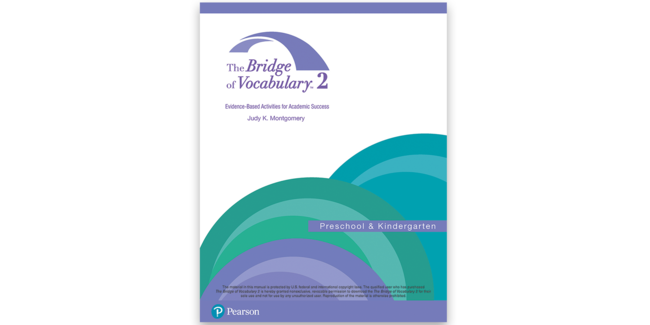The Bridge of Vocabulary 2: Evidence-based Activities for Academic Success is a completely digital, evidence-based set of vocabulary activities designed specifically for both general and special education professionals. Guidance on using this test in your telepractice.
The Bridge of Vocabulary 2: Evidence-based Activities for Academic Success
The Bridge of Vocabulary 2: Evidence-based Activities for Academic Success is a completely digital, evidence-based set of vocabulary activities designed specifically for both general and special education professionals. Guidance on using this test in your telepractice.Choose from our formats
Support materials
Manuals, stimulus books, replacement items & other materials
5 options